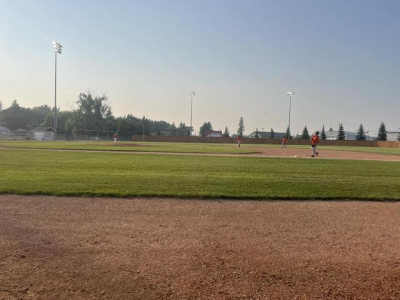The government of Manitoba is hoping to build a lab in Dauphin to detect a harmful disease in deer that experts believe is working its way to Manitoba.
Manitoba Sustainable Development posted a request for proposals last month to build the Dauphin Big Game Health Laboratory.
A spokesperson said that there already is a lab in Dauphin as part of its disease surveillance program and now Chronic Wasting Disease is the main concern.
Chronic Wasting Disease or CWD is a fatal neurological disease similar to mad cow that has no cure.
Manitoba has extended the surveillance area for CWD and is requiring hunters to submit the heads of their kills for analysis.
CWD is loosely known as “zombie deer” disease because late-stage symptoms of the disease in elk, moose, caribou, and deer include excessive drooling, salivating and urinating, and an inability to hold their heads up.
The disease has been found in some provinces and U.S states but not in Manitoba.
There have been cases documented in Saskatchewan, with the latest scare, being confirmed last month at a white-tailed deer farm in Alberta.
Research suggests that the diseased proteins from animals infected with CWD can be harmful to humans if consumed.
Once it's detected in a deer, the general approach is to cull the entire local population in hopes of stopping the spread.
Hunters must turn in samples in Manitoba, Saskatchewan, Alberta, and Yukon, and it's voluntary in all other provinces.
The surveillance area in Manitoba includes Game Hunting Areas 5, 6, 6A, 11, 12, 13, 13A, 18 and 18B (west of PR 366), 18A, 18C, part of 22 (west of PTH 83), 23, and 23A.
For more information on the submission of biological samples, go to the government of Manitoba website.













